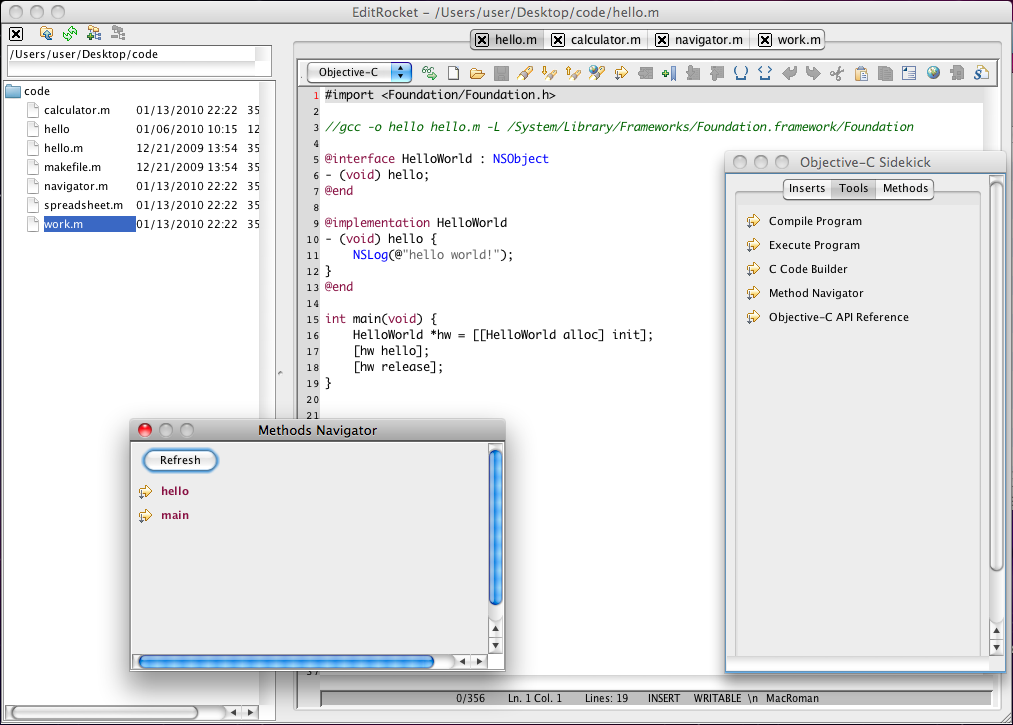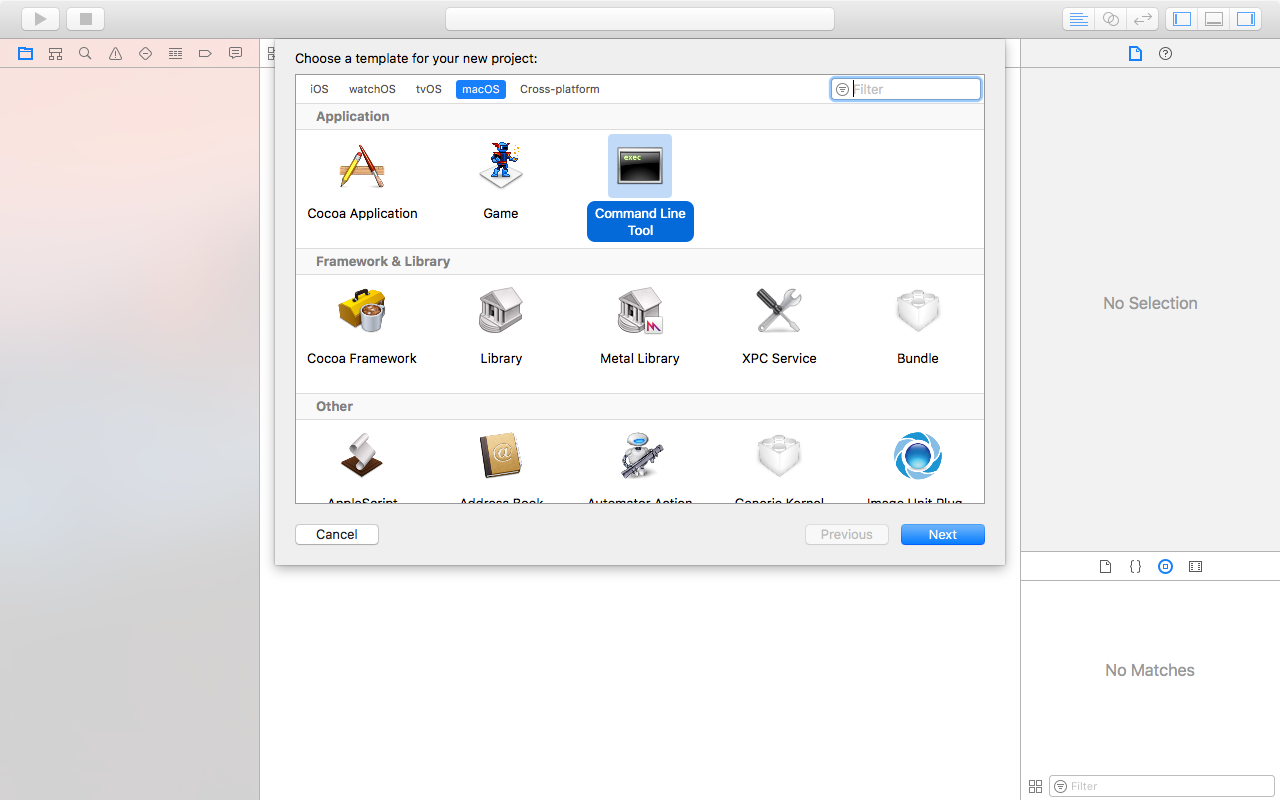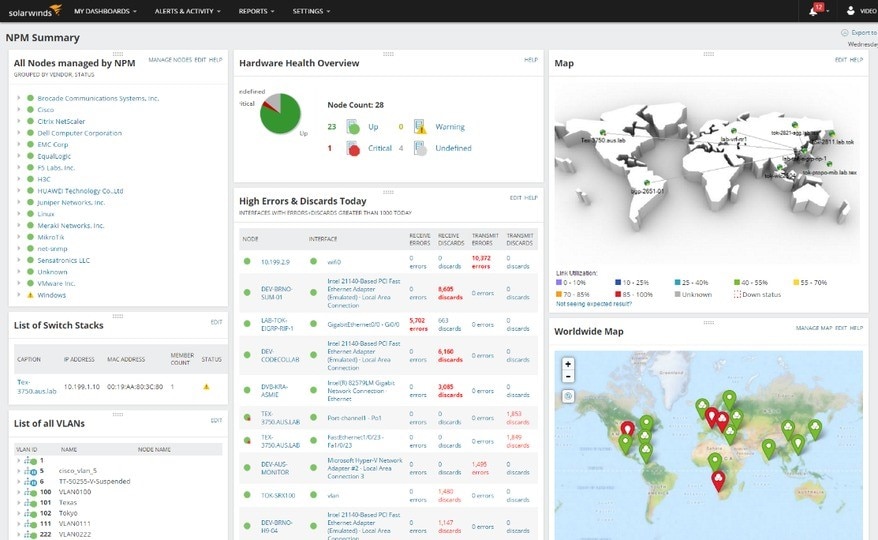C For Mac Os
A Mac collects junk and unused files just like a PC. Find and remove these files with the click of a button so your Mac can run faster. Speed up boot times with easy management of Startup items. Clean your Mac of old clutter. Clear up your recycle bin, temporary files. 952 c mac os products are offered for sale by suppliers on Alibaba.com, of which computer hardware accounts for 27%, access control card reader accounts for 1%. A wide variety of c mac os options are available to you, such as used, stock.
Music, TV, and podcasts take center stage. ITunes forever changed the way people experienced. Visual Studio 2019 for Mac. Develop apps and games for iOS, Android and using.NET. Download Visual Studio for Mac. Create and deploy scalable, performant apps using.NET and C# on the Mac. The 'classic' Mac OS is the original Macintosh operating system that was introduced in 1984 alongside the first Macintosh and remained in primary use on Macs until the introduction of Mac OS X in 2001. Apple released the original Macintosh on January 24, 1984; its early system software was partially based on the Lisa OS and the Xerox PARC Alto computer, which former Apple CEO Steve Jobs.
You have finally made the move to become a programmer. You’ve registered for a course, you have your texts and manuals, and you’ve fired up your trusty Mac. This is exciting! You think you are all set, and then it hits: they want you to have a compiler. What the heck is that? We’ll explain this and help you to get a C compiler for Mac up and running on your computer. If you are relatively new to the Mac, you can develop your skills with a course on getting started with a Mac.
The compiler is the last step in turning your code into a program that runs on your computer. You learn the C language to write source code. Source code cannot be understood and run by a computer in this state. It has to be converted to code that the computer can run. This is the job of the compiler. You feed your source code in to the compiler and it will either give you an executable program or a long list of error codes telling you why it couldn’t make the program. Source code can be written on any platform. It is meant for humans and is the same on any operating system. The compiler, on the other hand, has to be specific for the operating system where the program will run.
Compilers usually produce code that will run faster than the alternative, interpreters. The executable program can be distributed without the source code, which makes it harder for anyone to steal the programming ideas that went into the program. A disadvantage of compilers is that the compiling step adds time to the development process because the whole program must be compiled each time a change is made.
C Compiler for Mac using Xcode
The most recommended way to get a C compiler for your Mac is to use Xcode. This uses gcc, the popular open source C compiler. The details vary for each version of OS X. We’ll go through the recent versions here. You will have to register as an apple developer to get access to these tools. In order to do these installs, you will be using Terminal to work at the command line. Get a solid foundation on the Mac command line with this course.

For all of the versions of OS X, you will be downloading Xcode. Xcode is an Integrated Development Environment, or IDE. An IDE allows you to write, compile, and debug a program from one central interface. Xcode can act as an IDE for C programming. All of the install methods involve first getting Xcode, then making the gcc compiler available outside of Xcode, and then installing a newer version of gcc.
For OS X 10.6 Snow Leopard, download Xcode 3 from the Apple Developer Site. This will give you a working version of gcc, but it is an older version. If you want or need a more up to date version, that is available at High Performance Computing for Mac OS X. You can install this after installing Xcode. The files must be unzipped and installed at the command line. After that, you will need to update your Shell resource file so that the newer versions are used. Details can be found at Installing the GNU compilers on Mac OS X.
For OS X 10.7 Lion, you must get Xcode 4 from the Mac App Store. It is free, but you need to supply credit card information in order to have an App Store account. For Xcode 4.2, what you download from the App Store is an installer, which you then run. For Xcode 4.3, it is installed automatically, but it does not have gcc in the correct location. To finish the job, start Xcode and go to Preferences, Downloads, Components. Click on the Install button that is next to Command Line Tools. Software buy for mac. This gives you older versions of gcc. For the newest versions, you can use High Performance Computing for Mac OS X, as described for OS X 10.6. The process is similar and details can also be found at Installing the GNU compilers on Mac OS X.
OS X 10.8 will be very similar to 10.7. Install Xcode, then install the command line tools from the preferences. You can then get the newer versions of gcc as described for version 10.7.
OS X 10.9 Mavericks will use Xcode 5 and a revised process. Xcode 5 does not have the option to install the command line version of gcc. Instead, ensure that Xcode 5 has all available updates installed by checking from within the program. Then go to the Apple Developer Site and find the latest version of Command Line Tools (OS X Mavericks) for Xcode. It is a standard installer package. Finally, you can update the version of gcc in a manner similar to the other versions of OS X.
Other C compilers for Mac
Apple has extended the gcc compiler with a version called llvm. It incorporates more modern functioning and has a different licensing model needed by Apple for its proprietary software. Clang is an IDE for this compiler. It is designed to give more user-friendly error messages. Clang will give you the latest tools used by Apple for development. The downside is that there is no installer. It has to be built from source code, which means that you will need gcc already. Details are given at the llvm site.
Another option is given by Eclipse. Eclipse is a popular IDE for Java. The CDT plugin for Eclipse gives it the ability to compile C programs and become an IDE for C. Details can be found at the CDT page of the Eclipse site.
Now that you have a C compiler for your Mac, you can try a tutorial to write a simple program. Then get a solid start in C programming with this course for beginners. If you already know one language, extend your skills with a course for intermediate coders.

The adapters and cables in this article work with these Mac computers and iPad Pro devices:
- Mac models that have Thunderbolt 3 ports. These ports support both Thunderbolt 3 and USB-C connections.
- Mac models that have a USB-C port. This port supports USB-C connections.
- iPad Pro models that have a USB-C port. This port supports USB-C connections.
To find the right cable or adapter for your Mac or iPad Pro, use the information below to identify the connector on the end of the cable coming from your display, hard drive, camera, hub, or other device. Check the end meant to plug into your Mac or iPad Pro.

Thunderbolt 3
If you're using an Apple Thunderbolt 3 cable or other Thunderbolt 3 cable with your display or other device, it will connect to your Mac without an adapter.
The Apple Pro Display XDR and LG UltraFine 5K Display use Thunderbolt 3.
USB-C
If you're using a mophie USB-C Cable with USB-C Connector or other USB-C cable with your device, it will connect to your Mac or iPad Pro without an adapter.
The LG UltraFine 4K Display uses USB-C.
USB-A
If you're using a USB-A cable with your device, use the Apple USB-C to USB Adapter, the Apple USB-C Digital AV Multiport Adapter, the Apple USB-C VGA Multiport Adapter, or another USB-C to USB-A adapter to connect your device to your Mac or iPad Pro.
To charge an iPhone, iPad, or iPod touch from a Thunderbolt 3 or USB-C port without one of these adapters, you can use the Apple USB-C to Lightning Cable instead.
Ethernet
If you're using an Ethernet cable with your device, use a third-party USB-C to Ethernet adapter, such as the Belkin USB-C to Gigabit Ethernet Adapter.
Thunderbolt or Thunderbolt 2
Recording software for mac download free. If you're using a Thunderbolt or Thunderbolt 2 cable with a Thunderbolt display or other device, use the Apple Thunderbolt 3 to Thunderbolt 2 Adapter.
This is the correct adapter for the Apple Thunderbolt Display.
Thunderbolt and Thunderbolt 2 are not the same as Mini DisplayPort . They have the same shape, but use different symbols on the cable and port.
Mini DisplayPort
If you're using a Mini DisplayPort cable with a Mini DisplayPort display, use a third-party USB-C to Mini DisplayPort adapter. Check with its manufacturer for compatibility with your Mac and display model.
This is the correct solution for the Apple LED Cinema Display.
Mini DisplayPort is not the same as Thunderbolt or Thunderbolt 2 . They have the same shape, but use different symbols on the cable and port.
DisplayPort
If you're using a DisplayPort cable with your display, use a third-party USB-C to DisplayPort adapter or cable, such as the Moshi USB-C to DisplayPort Cable.

HDMI
C Ide For Mac Os
If you're using an HDMI cable with your display, use the Apple USB-C Digital AV Multiport Adapter or a third-party USB-C to HDMI adapter or cable.
VGA
If you're using a VGA cable with your display, use the Apple USB-C VGA Multiport Adapter. Or use a third-party USB-C to VGA adapter, such as the Belkin USB-C to VGA Adapter.
Latest Mac Os
DVI
If you're using a DVI cable with your display, use a third-party USB-C to DVI adapter or cable. Check with its manufacturer for compatibility with your Mac and display model.
Learn more
C Sharp For Mac Os X
- You can use your USB-C Power Adapter and charge cable with any Thunderbolt 3 or USB-C port on your Mac or iPad Pro.
- If you have an Apple TV connected to your TV, projector, or other display, you can use AirPlay to wirelessly stream video to that display, or extend the desktop of your primary display.
- Learn about using external monitors with your Mac.
- Learn more about using the USB-C port on your iPad Pro.

